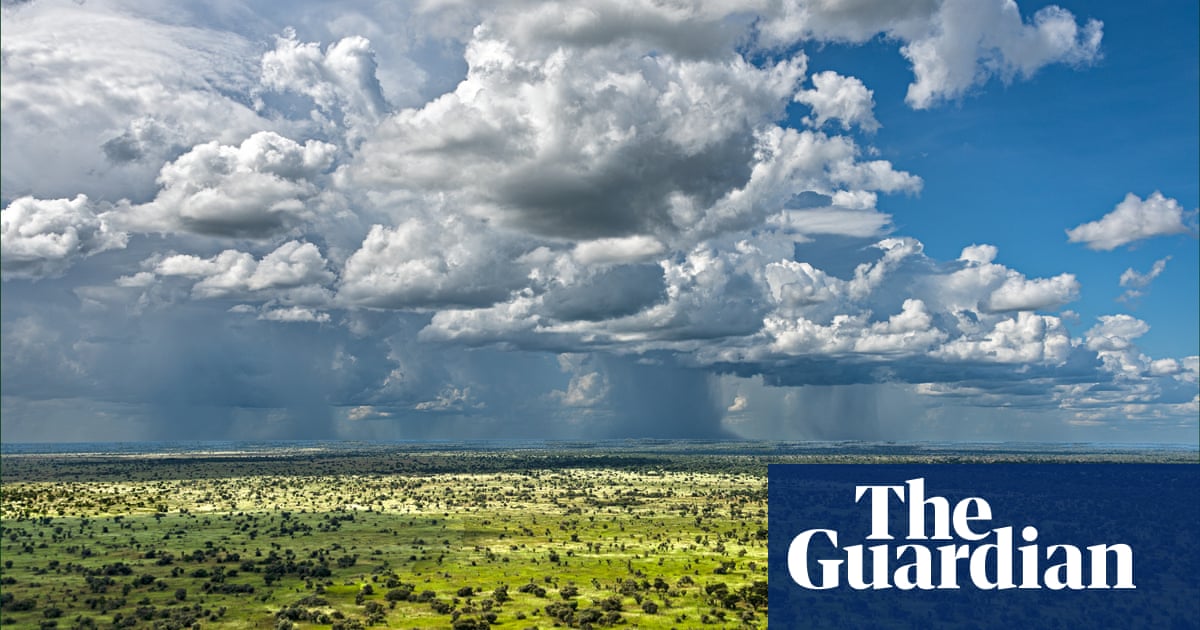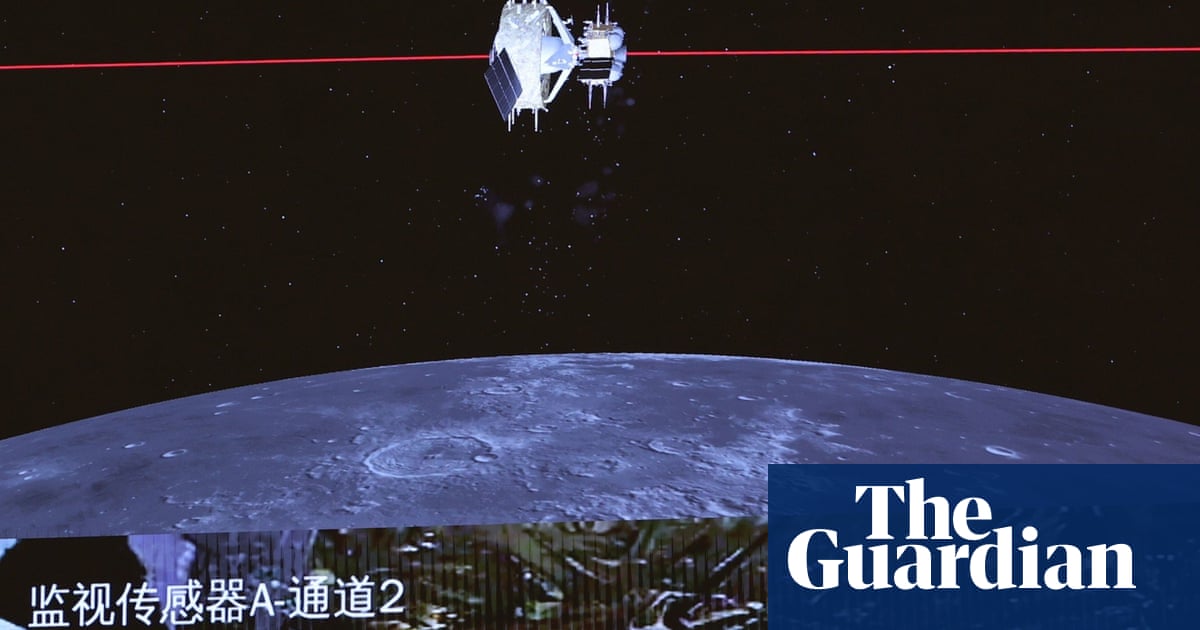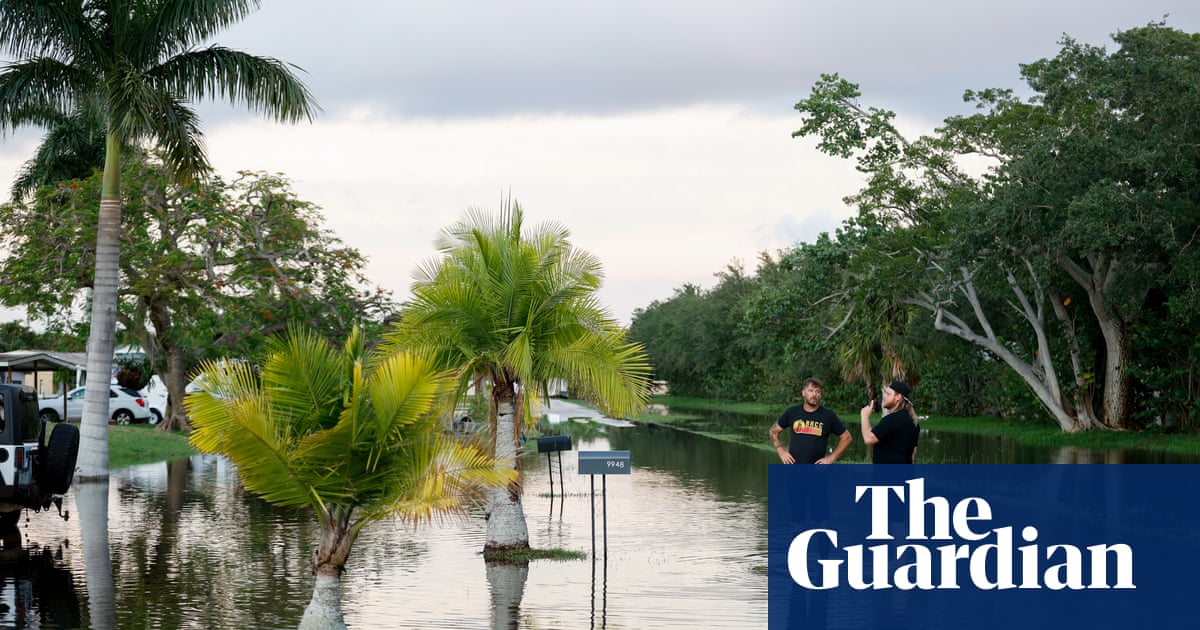Inver, Argyll & Bute
At Pam Brunton and Rob Latimer’s restaurant, they want a direct, traceable connection to the sea – they have a fish-purchasing policy that they send to suppliers. “We buy nothing knowingly from dredgers and trawlers,” Pam says, instead taking fin fish from smaller boats that fish off the English shore. Shellfish comes from a local, Mary, who coordinates a few small boats, all of which use traditional creel methods, and hand-dive for scallops, while oysters are bought from Judith at Caledonian Oysters on Loch Creran. Pam’s innovative food is served with a view of the loch outside – in summer, diners may even spot the mackerel for the next day’s menu being caught by a neighbour.
Strathlachlan PA27 8BU; inverrestaurant.co.uk
Jenkins & Sons, Deal
Passersby are stopped in their tracks by the seafood on a display extending into the street at this tiny shop, it looks so good. Fourth generation “& Son” Darren can point out which fish was landed by which day-boat, and what was line-caught most recently. Alex Bagner, owner of Deal gastropub the Rose, is a fan, and the chef at her other restaurant, the Blue Pelican, often gives Darren a call in the morning to see if he has anything they can use. Mostly though, it goes for retail – lucky shoppers.
118-120 High St, CT14 6BB; jenkinsandsonfishandgame.co.uk
Seafood Shack, Ullapool
Kirsty and Fenella’s re-fitted catering trailer was started by these local women, who both have family connections to the fishing industry, when they were in their 20s. They wanted to keep some of the fish brought in by Ullapool boats in the town. Now, they know all their suppliers by name, including Gary who hand-dives scallops with his team of three; prefer to support those who creel rather than trawl their shellfish (which arrive live to the shack); and choose trout over salmon. Dining is a casual affair: you can sit in the yard to eat your potted langoustines or take your tempura fish wrap to go.
9 West Argyle St, IV26 2TY; seafoodshack.co.uk
Rocky Bottoms, Cromer
This old brick kiln was transformed into a seasonal restaurant by a family of Norfolk crab fishers, so there’s no surprise as to what’s on the menu. Richard brings back the crabs and lobsters from his traditional double-ended crab boat, then Alison prepares the catch. Expect crab salad, crab linguine, dressed whole lobster and or surf n turf, or stop by the Crab Shack for a slice of seafood tart and a crab sandwich, or some smoked fish pâté and samphire to go – depending on what has come in, and what the small kitchen has had time to prepare.
Cromer Rd, West Runton NR27 9Q; rockybottoms.net
East Pier Smokehouse, St Monans
Here in St Monans, just one of the old fishing villages of the East Neuk, Fife, you can sit right on the harbour and watch boats come and go.
Inside the East Pier Smokehouse, the upstairs terrace also has that harbour view. The situation here is casual, with something for everyone.
Don’t want the smoky seafood stew? Have some lamb or a pizza. Want fish on a pizza? They’ve got you. Not surprisingly, you will find a lot of smoked fish on the menu. There will be lobster if the weather has been right for lobster fishers, and there will be queues if the weather is right for lobster eaters.
East Shore, Anstruther KY10 2AR; eastpier.co.uk
Rileys Fish Shack and Shop, Tynemouth
The famous good-time shack on the beach – complete with firepits and deckchairs (as conditions dictate) – has now opened a shop in town where locals can pick up the best the North Sea has to offer, or take a workshop where laypeople can improve their skills as chefs and fishmongers. The staff teach shellfish preparation and fish techniques in the evenings, or you can spend a full day there learning how to master whole fish cookery.
King Edward’s Bay, NE30 4BY; rileysfishshack.com
Cafe Môr, Angle, Pembrokeshire
Jonathan Williams has been flying the flag for seaweed for almost 15 years, building on the Welsh tradition of harvesting laver. At the beachfront mobile kitchen Cafe Môr (back for a new season), the breakfast bun comes fully loaded with bacon, egg, Welsh cheddar, laverbread patty, seaweed butter and kelchup.
The crab roll diverts some of the crustaceans that otherwise go straight to Europe, a mix of brown and white meat. At next-door sister pub The Old Point House, Pembrokeshire produce is still the focus, and seaweed sneaks in here, too: with butter on the leeks, rolled into the porchetta, baked into the house focaccia.
The Old Point House, SA71 5AS; beachfood.co.uk
Crab House Cafe, Wyke Regis
The focus here is making responsible use of seafood, especially under-utilised fish stocks and local produce. All fish is landed within 40 miles of the restaurant, veg comes from the kitchen garden, staff forage for ingredients along the local shore and, if you’ve ordered oysters, know they’ve likely been plucked from the water minutes before, straight from the restaurant’s own oyster farm. Enjoy them with a drink and a snack of fish crackling while perusing the specials – some crab remoulade, followed by a brace of lemon sole, perhaps?
Ferrymans Way, Portland Road, Wyke Regis DT4 9YU; crabhousecafe.co.uk
Lir, Coleraine
Thanks to the pandemic, Rebekah and Stevie McCarry had to abandon their plans for a restaurant and open a fishmonger, selling seafood to the people of Coleraine who weren’t really avid fish eaters. For years the locally landed seafood had been shipped off elsewhere. But cooking tips were given freely, and soon a kiosk followed, selling fast-food takes on whatever had been landed that day – a monkfish hotdog, fish tacos or squid shawarma. Now the storm has been weathered and the business has emerged in its final form: Lir, an award-winning restaurant focusing on innovative whole-fish use.
Coleraine Marina, BT521EY; nativeseafood.co.uk
The Shore Restaurant, Penzance
Some of the best fish cookery in Cornwall is being done in an unassuming corner restaurant in Penzance. Bruce Rennie is a one-man operation, greeting and seating customers, then cooking them dinner. Bookings are essential because each morning he chats with buyers at Newlyn market to find out what is fresh. “I love the daily variations I get depending on what is landed,” he says. In the summer he cooks with gurnard, lemon sole, plaice. “People should ask about provenance, even down to the boats which landed the fish,” says Rennie, who believes community building is a key element to responsible fishing. “If we look after the balance of the ecosystem, fish ethically, we can preserve the livelihoods connected to the fishing industry – that includes restaurants.”
13-14 Alverton St, TR18 2QP; theshorerestaurant.uk
Prawn on the Lawn, Padstow and London
Rick Toogood’s restaurants share a kind of tin-can exchange, transferring Cornish seafood to London and London tastes to the coast. In Padstow, POTL is set just back from the water; in London, it’s on the rather less coast-adjacent Highbury corner, but seagulls still lurk around and deliveries come up daily. At both, grazers can have small plates and oysters with bread and seaweed butter, while larger mains – day-boat orzetto, or whole fish priced per kilo – are for those who want to focus their eating.
11 Duke St, PL28 8AB; 292, 294 St Paul’s Rd, London N1 2LH; prawnonthelawn.com
Catch at the Old Fish Market, Weymouth
They don’t talk about food miles here, but food metres, with boats landing practically at the door. Provenance is so prominent at this Michelin-starred fine diner that the chefs can not only tell you which vessel which fish comes from, it has two of its own. A commitment to responsible practice extends throughout the building, to energy use and waste. Menus are tasting-style, and written each day, depending on what the sea offers up.
1 Custom House Quay, DT4 8BE; catchattheoldfishmarket.com
Ship Deck, Caerphilly
Bringing a taste of the coast to Caerphilly, Ship Deck took home the top takeaway award at this year’s National Fish & Chip awards. All the cod is MSC-certified and the haddock and hake are line-caught.
Newport Rd, Trethomas CF83 8BR; shipdeck.co.uk









